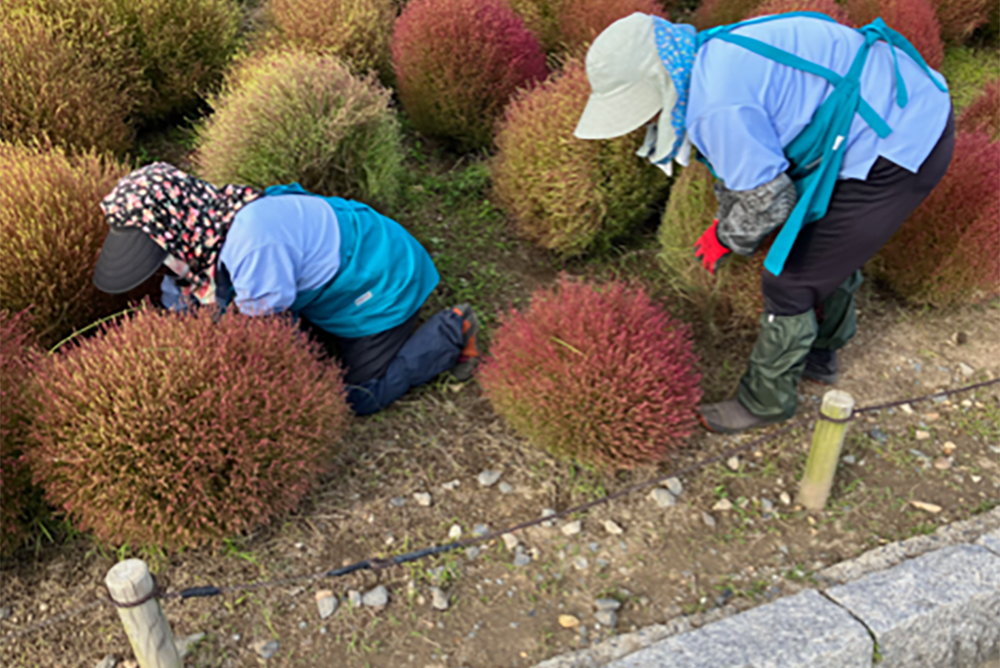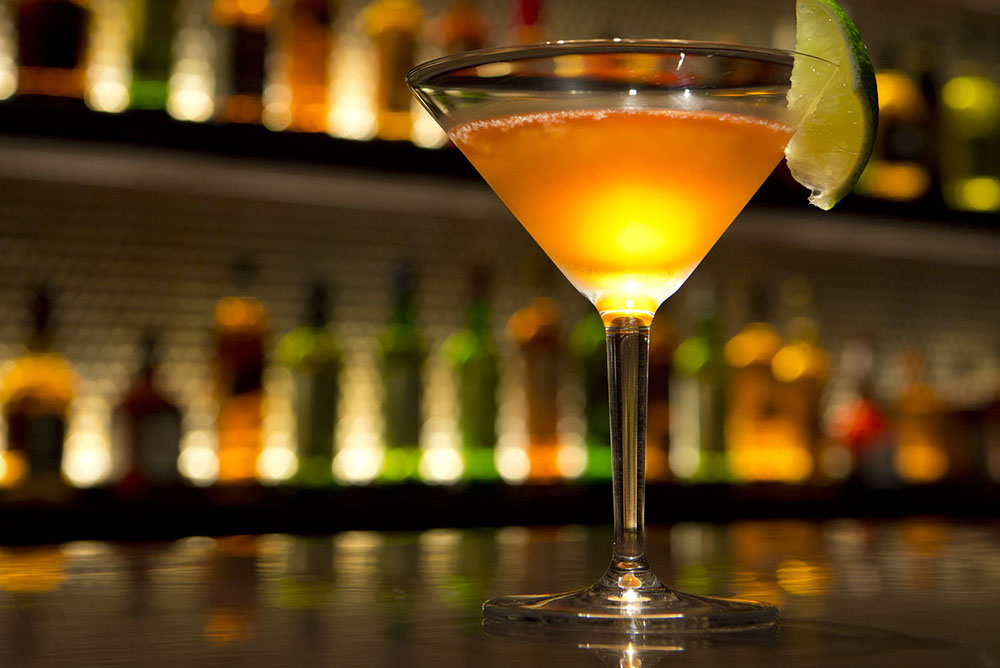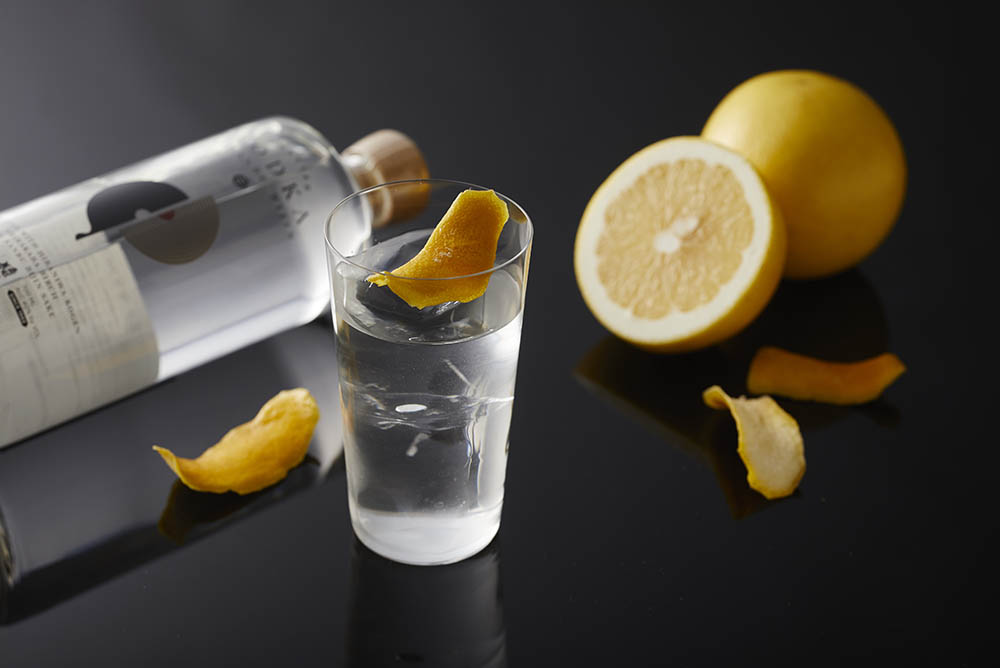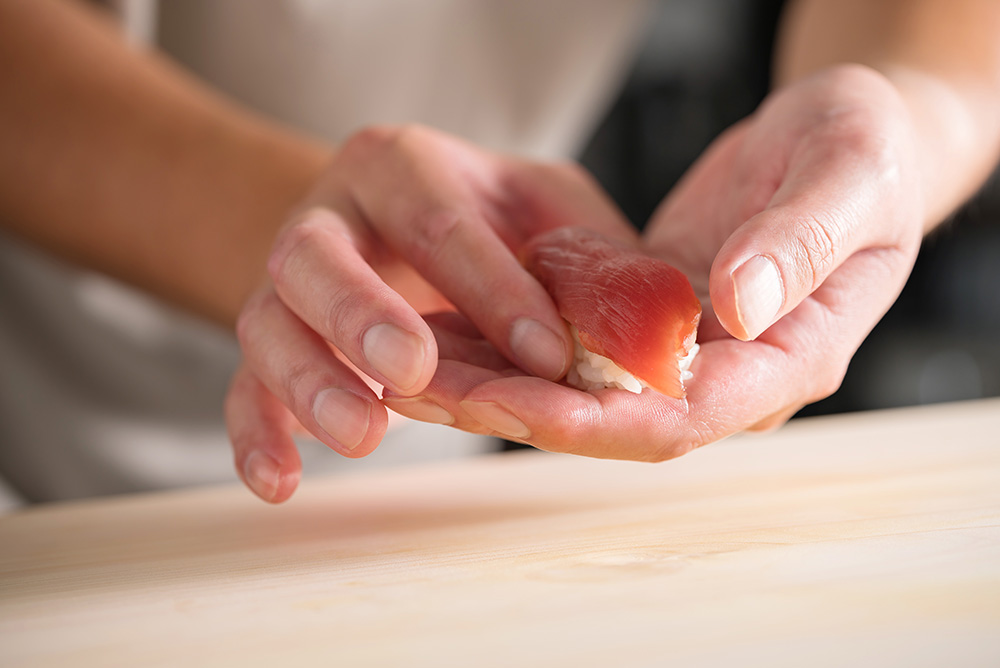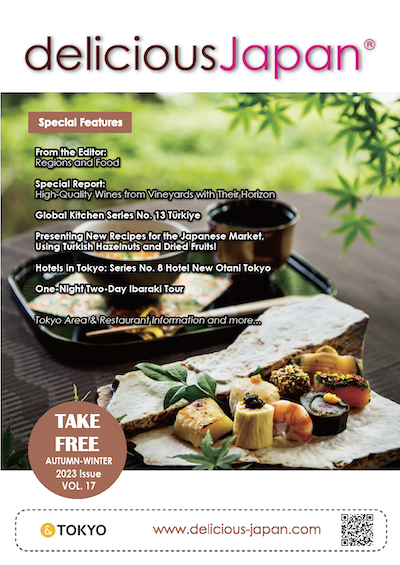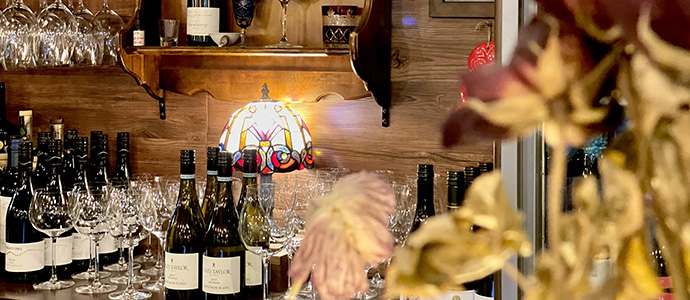
A Genuine Splash of New Zealand is Right Here in Tokyo
RANGITOTO TOKYO, New Zealand Wine and Craft Sake BarWhat made you open the restaurant?
Wayne M Shennen, CS, FWS, Managing Director
There are few people in Japan who know how good New Zealand wine is. We introduce Japanese customers to wines that are most of the time made by our friends. Even though they can be more expensive than wine from other countries, it’s quite cheap when you compare it for the actual quality.
We also want to introduce non-Japanese people to the wonderful world of sake. It is hard to find an English speaker in Tokyo who knows what they’re talking about with sake. We have sake from some of the breweries that I worked at and even some from New Zealand. We can explain to customers if they are curious and don’t know what to get.
There are so many blind tastings where New Zealand wine have beaten the iconic French wine. When they don’t know what they are drinking, they choose the New Zealand wine. Those are the sort of stories that I want to fully get people to know about because people who produce these wines are not big corporations, but they’re more like artists, families, and farmers. Their stories should be told.
Tell us about your food.One of the things that we find important when using ingredients is sustainability and animal welfare. We use free range organic chicken that’s grown up in apple orchids in New Zealand. It’s a lot more expensive than what customers expect, but I want people to start thinking about where their food comes from.
Our new chef Trevor Blyth joined our restaurant recently. We’ve always had the best wine in the world, but now we have the food that match. There’s a lot that we can do now that the kitchen is at the same level as the wine. If you want to stand out in a city like Tokyo, you must have a real belief and purpose in what you’re doing. It can’t just be good food because you can get good food anywhere in Tokyo. There has to be a story. And I think the story that we’re trying to tell hasn’t really been told yet.
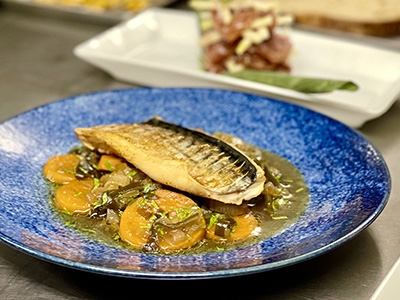
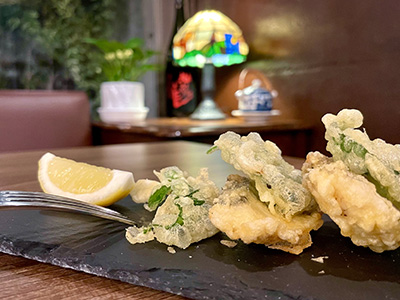
With the sake, it’s pretty easy to match. Yuho Junmai from Ishikawa Prefecture is one of the best beverages to match with food. That’s one of my main sake to match and it almost matches all the way through the meal. It’s good with beef, but it’s also good with sashimi. I tend to match junmai or honjozo with food because daiginjo and ginjo are too flavorsome sometimes.
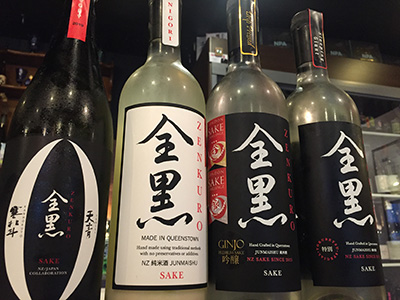
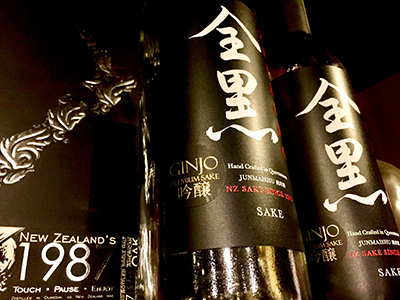
Real hospitality or omotenashi is having the best interest for the customer, but also being good at what you do. If the customer asks for something that is not a good idea, you should warn them. Often, I think a lot of the staff in Tokyo would just say yes. If the customer asks for an atsukan to match it with a beautiful piece of sashimi, that might not be such a good combination. I think real hospitality is to say, “if you have this in your mouth at the same time, the fish might taste like it’s been sitting in the sun.” Whereas, when you just say yes, the customer might think that there is a problem with the fish, not realizing that it was the situation. I think the idea of omotenashi is to not be a servant, but a facilitator.
What is your future vision or dream?I want to influence Japanese hospitality in a way that not just high-end restaurants but everybody including the corner street ramen stores to think about where their food comes from. “Why is this so cheap?" should be a question. If the answer is because the animal was abused, I think if people knew that, people will pay a little bit more. Why is this sake so cheap when the guy worked 19 hours a day to make it? Maybe we should just pay a little bit more so he or she can get more sleep. I want to be a part of getting people to think about where their food come from.
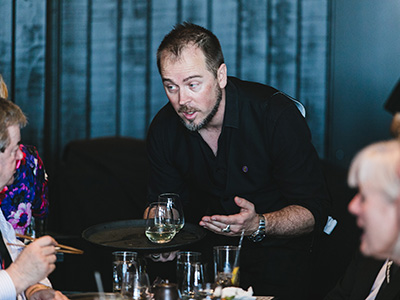 Wayne M Shennen, CS, FWS
Wayne M Shennen, CS, FWSManaging Director
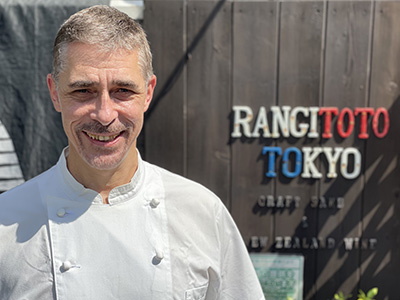 Trevor Blyth
Trevor BlythExecutive Chef

